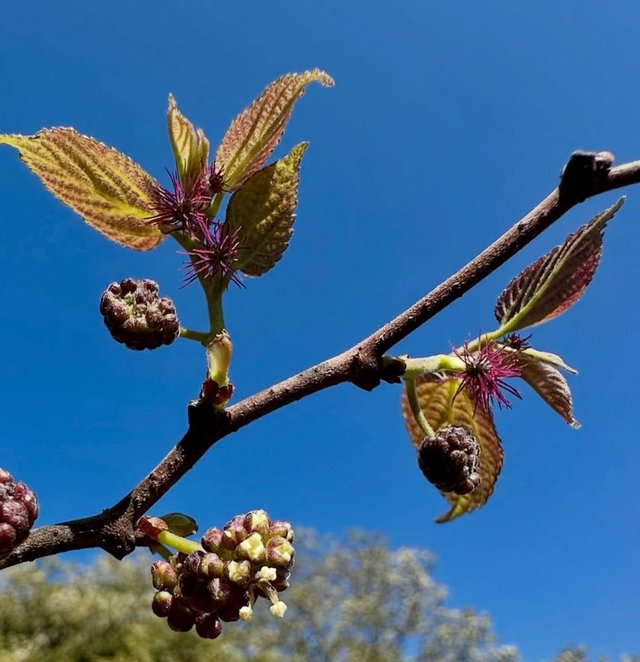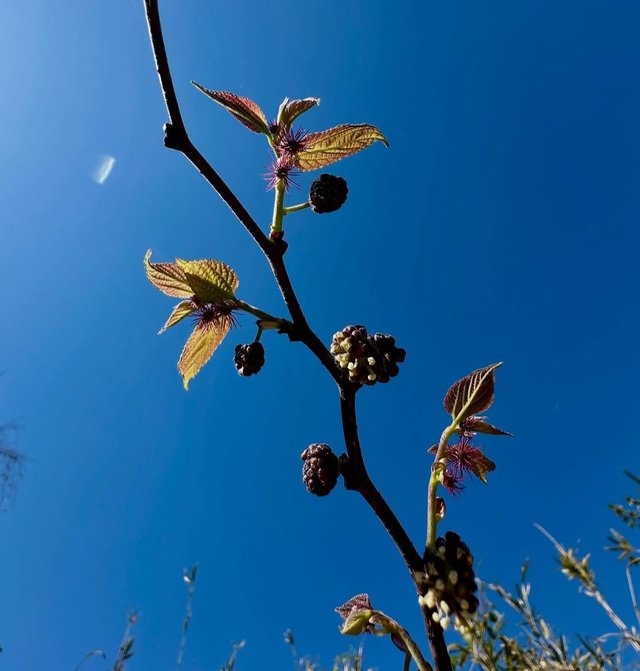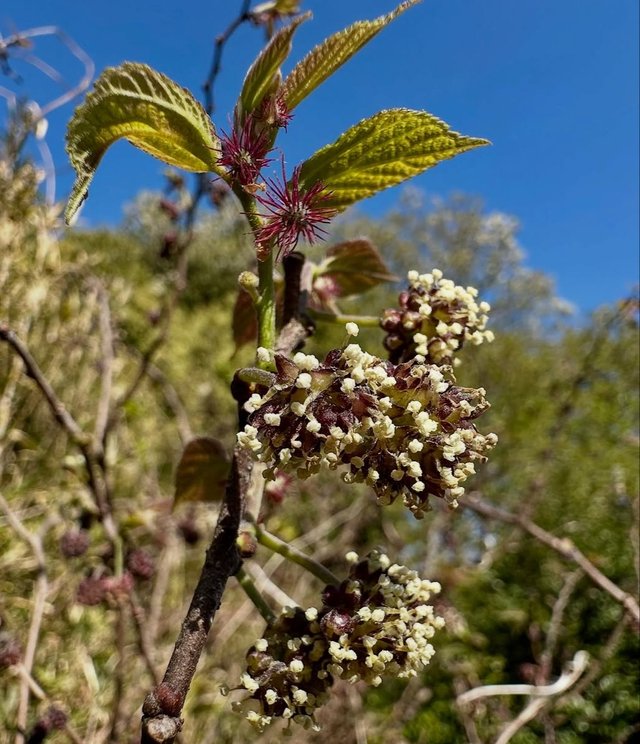So Beautiful Acaena Flower
Acaena: The Resilient Beauty of the Southern Hemisphere
If you're looking for a low-growing, hardy plant with a touch of wild charm and a history rooted in some of the world’s most rugged terrains, Acaena might just be your perfect match. Belonging to the Rosaceae family, Acaena is a genus of more than 60 species of perennial herbaceous plants, most commonly found across the Southern Hemisphere—in places like New Zealand, Australia, and South America. These small but striking groundcovers have a lot more to offer than meets the eye.
Origins and Habitat
Acaena species thrive in a wide variety of habitats, from coastal cliffs and alpine meadows to grasslands and scrublands. The genus is especially rich in New Zealand, which hosts a large number of native species, some of which have adapted to very specific microclimates.
Their ability to colonize poor soils and exposed areas makes them ecologically important in their native habitats. In fact, they often play a key role in preventing erosion and stabilizing soil, especially in challenging environments like high-altitude tussock lands or windswept coastal areas.
Recognizing Acaena
Acaena plants are typically low-growing, mat-forming perennials with fern-like, pinnate leaves. What makes them particularly interesting, however, is their unique seedheads—globular, burr-like structures that often sport tiny barbs or spines. These spiny seedheads are not only visually striking but also highly effective for seed dispersal, as they readily latch onto passing animals, hikers, and sometimes unsuspecting pets.
Some of the most well-known species include:
Acaena microphylla: A fine-leaved species often used as a lawn alternative.Acaena inermis 'Purpurea': Known for its deep purple foliage and ornamental value in gardens.
Acaena novae-zelandiae: Sometimes considered a weed due to its rapid spread and burrs, but admired for its ground-covering capabilities.
Garden and Landscaping Uses
Despite their wild nature, several Acaena species have made their way into gardens and landscape designs around the world. Gardeners appreciate them for their drought tolerance, low maintenance, and aesthetic appeal. The carpet-like mats they form make them ideal for rock gardens, green roofs, pathway borders, or underplanting shrubs.




%20(10).jpeg)